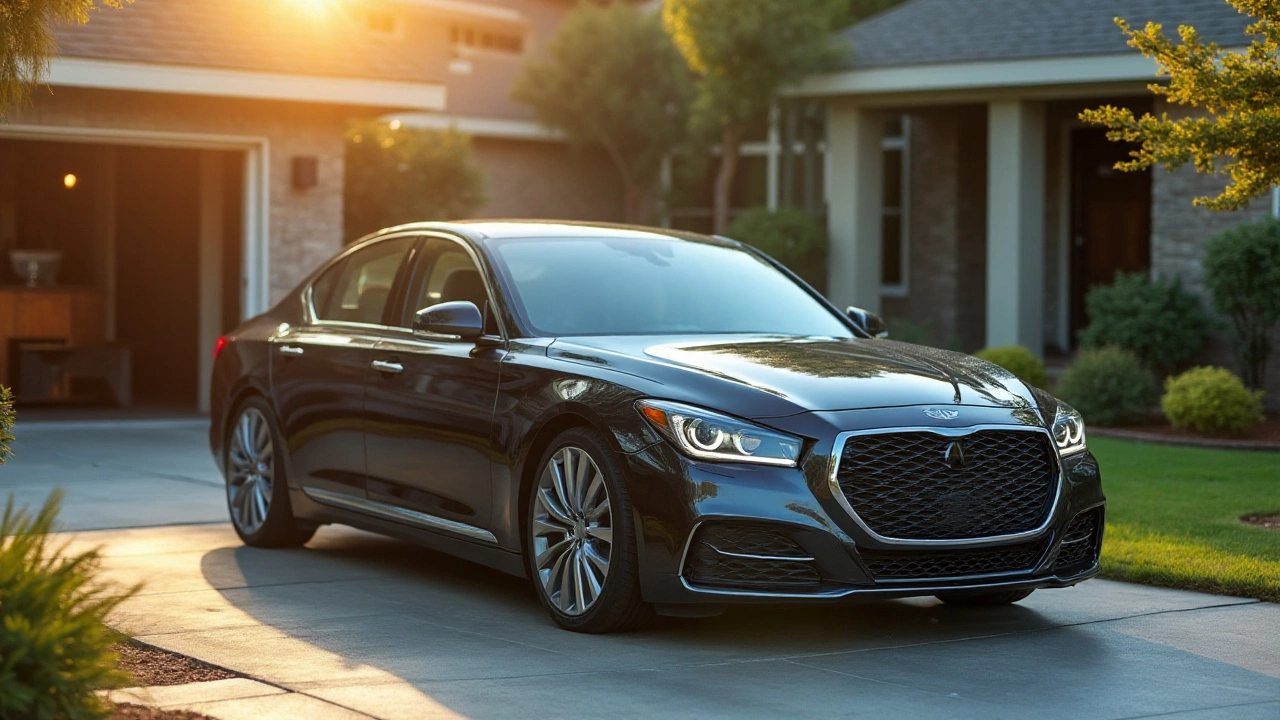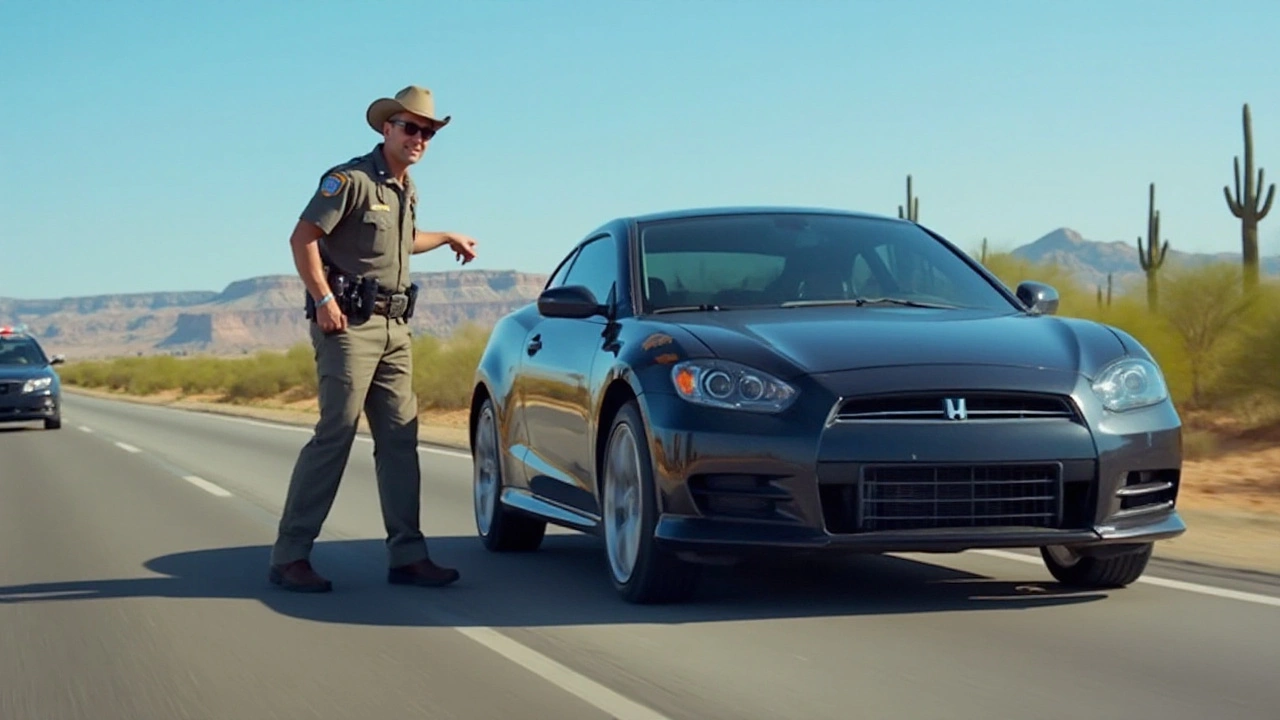Texas Tint Laws: Quick Guide for Drivers
Thinking about getting your windows tinted? In Texas the rules are clear, but many drivers miss a detail and end up with a ticket. This guide breaks down the limits, the dos and don’ts, and how to keep your ride looking sharp without breaking the law.
Legal Limits for Each Window
The state sets different darkness limits depending on which glass you’re talking about. For the front side windows, the law says the tint must let at least 25% of outside light in – that’s a VLT (Visible Light Transmission) of 25% or more. Anything darker, and you could be pulled over.
Back side windows have a lot more freedom. Texas allows a VLT of 35% or higher, so you can go darker there if you want a sportier look. The rear window follows the same 35% rule, but you can also use a separate shade on the rear if you add a visible strip of clear film to the outside.
The windshield is the strictest – the top 5 inches can have a non-reflective tint, but the rest must stay clear. No dark film, no mirrored finish. This keeps drivers’ vision clear and helps law enforcement see inside the vehicle if needed.
Common Mistakes and How to Avoid Fines
One big mistake is mixing up “VLT” and “reflectivity.” A film might meet the VLT requirement but still be too reflective for the front windows. Texas bans reflective or mirrored finishes on any front glass, so double‑check the product specs.
Another pitfall is assuming a medical exemption covers any tint. While a doctor can grant a special permission, you still need to carry a copy of the exemption and the tint must be installed by a licensed professional. Skipping the paperwork can land you with a $200‑plus fine.
Most tickets come from simple mis‑measurement. When you buy film, ask the installer to show you the VLT rating and a sample cutout that proves it meets the 25% or 35% thresholds. Reputable shops will use a handheld tint meter to verify the final installation.
If you’re buying a pre‑tinted vehicle, request the tint documentation before you sign. It’s easier to sort out any discrepancies before the car leaves the lot than after you’ve already driven it home.
Finally, remember that local law enforcement can interpret the rules slightly differently. A good rule of thumb is to stay on the lighter side for front windows – a 30% tint will never get flagged, while 20% might.
Need a reliable place to get your tint done right? Look for installers who are licensed, provide a written VLT guarantee, and let you see the actual measurement after the job. A proper installation not only avoids fines but also protects your windows from scratches and UV damage.
By keeping these limits in mind and working with a reputable installer, you’ll enjoy a cooler, more private cabin without the headache of a ticket. Stay legal, stay safe, and drive on with confidence.
Driving around in Texas with tinted windows might seem cool, but it could also lead to a ticket if you're not following the state's tint laws. Understanding how much a tint ticket costs and what the regulations are can help you avoid fines. From the legal limits on window tint darkness to practical tips for staying compliant, this guide covers all the key details you need to know. Keep your ride stylish without breaking the law.
Understanding the legalities around window tinting in Texas can save vehicle owners from fines and legal issues. Discover the darkest legal tint percentage allowed, what factors influence these laws, and some practical tips for choosing the right tint for your vehicle. This article also highlights the potential benefits of adhering to legal tint standards, such as increased privacy, UV protection, and improved comfort. Whether you're considering tinting for aesthetic or functional purposes, knowing Texas laws is key to making an informed decision.
In Texas, car window tinting is popular for its ability to reduce glare and heat. However, there are specific laws governing tint limits that drivers should be aware of. Police can indeed pull you over if they suspect your tint is too dark or not in compliance with the state's laws. It's important to understand these regulations to avoid fines. This article explores the details of Texas window tint laws and provides tips on compliance.



